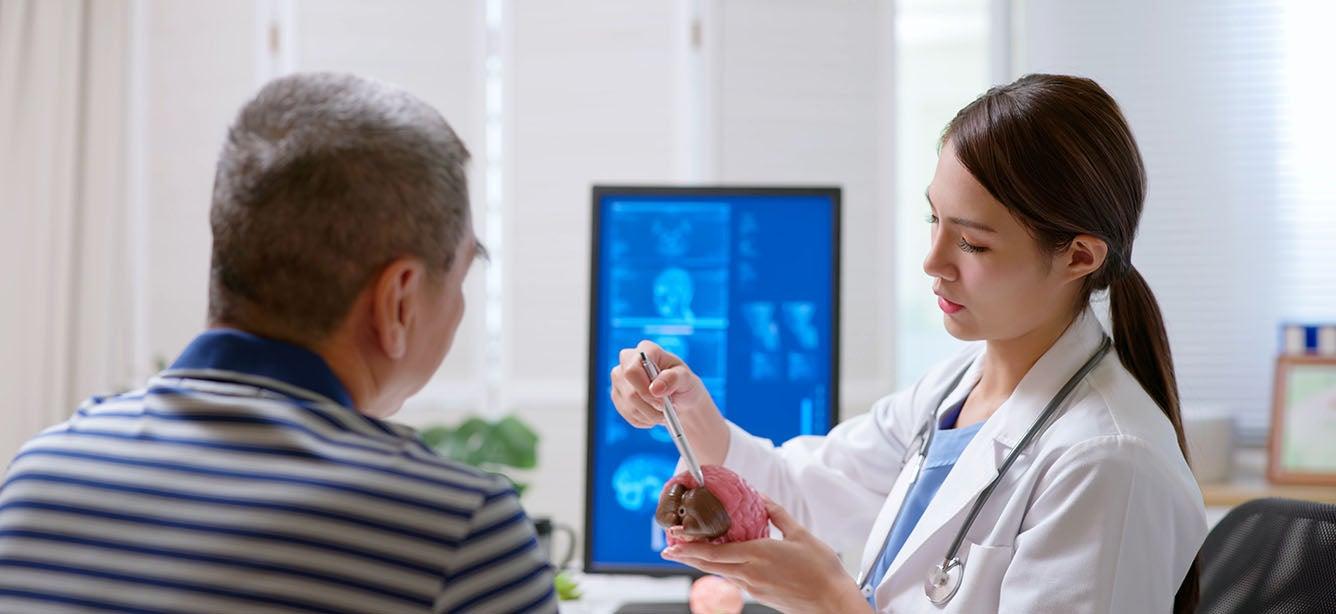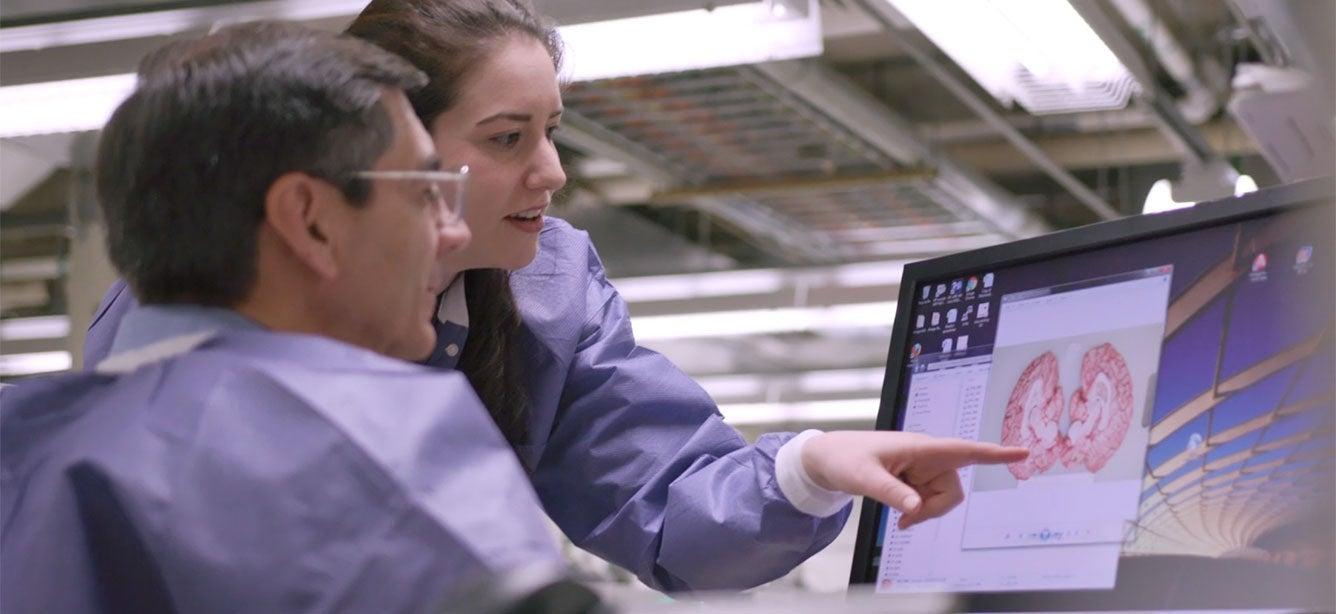
Related Topics
In honor of Parkinson’s Awareness Month in April, the Parkinson's Foundation is highlighting information about how to live well with Parkinson’s. Nearly one million people in the U.S. live with Parkinson’s ,and everyone’s experience is unique. This year, the Parkinson’s Foundation created the ABCs of PD to highlight 26 different aspects of the disease to help people better understand its complexities and recognize the symptoms.
Whether you are an individual living with Parkinson’s, a care partner or a loved one of someone with PD, know that you are not alone.
By educating yourself about PD, you can better understand its impact on your life and take meaningful steps toward living well.
Below we highlight some keywords from the ABCs of PD that will help you stay up to date on resources and support that are available for people with Parkinson’s disease. Take time this month to read about all 26 terms and get connected to critical resources.
D for Diagnosis
Getting diagnosed with Parkinson’s disease can be a long process. A doctor makes a clinical diagnosis based on a person’s medical history, symptoms and in-office tests. There is not a specific lab or imaging test available to diagnose PD. However, certain tests, such as magnetic resonance imaging of the brain (MRI), a dopamine transporter scan (DaT), or blood work, can support a PD diagnosis.
Adjusting to life following a Parkinson’s diagnosis can be challenging, but remember that you are not alone. The Newly Diagnosed Guide is a free resource that provides valuable information, education, and advice for living well and advocating for yourself. As you begin your PD journey, start with these five steps to living well:
- Think about what is most important to you
- Find someone to talk to
- Create healthy habits
- Be active in whatever way works best for you
- Find a doctor experienced in treating Parkinson’s
Take these five steps in the order that works best for you. Remember that PD is a disease where symptoms change over time and your needs will evolve. Focusing on these five steps early on can build a strong foundation for living well into the future.
G for Genetics
Genetics cause an estimated 10-15% of all PD cases. Following a Parkinson’s diagnosis, you can receive free genetic testing and counseling through PD GENEration: Mapping the Future of Parkinson's Disease, a landmark genetic study from the Parkinson’s Foundation.
Participants in the PD GENEration research study take an in-person or at-home test to detect changes in genes that are believed to be linked to PD. Afterwards, participants speak with a genetic counselor to understand their results, empowering them with more knowledge about their disease. To date, 15,000 people have participated in PD GENEration, with about 12.7% having a genetic link to Parkinson’s.
Information collected through this global research study will help to advance scientific understanding of Parkinson’s and potentially help discover new and better treatments.
N for Neurologist
To help you navigate Parkinson’s, it’s important to build a care team that has experience with PD. A neurologist is a medical doctor that diagnoses and treats movement disorders, including Parkinson’s disease. In some cases, you may have access to a specialized neurologist called a movement disorders specialist.
Parkinson’s symptoms impact many different areas of your life, which is why it can be helpful to build a care team with different types of experts. In addition to a neurologist, members of your care team may include:
- Primary care physician
- Speech-language pathologist
- Physical therapist
- Occupation therapist
- Social worker
It often takes time to build the care team that works for you. To find high-quality care near you, contact the Parkinson’s Foundation Helpline at 1-800-4PD-INFO (1-800-473-4636) or Helpline@Parkinson.org.
Q for Quality of Life
Finally, by taking the time to learn more and seek support for Parkinson’s, you can improve your quality of life. No two people experience PD the same way. Find the medications, therapies and exercises that work best for you.
Remember that nutrition and exercise are key elements of managing PD. Research shows increasing physical activity to at least 2.5 hours a week can slow decline in quality of life for people with Parkinson’s. It can be difficult to change your diet or build a consistent exercise schedule, but try to make one small change at a time. Over time, small changes can result in big benefits.
Parkinson’s is a complex disease. Take time this April to learn about PD from A to Z. Start by educating yourself on the ABCs of PD, then help raise awareness by sharing resources and information with friends, family and colleagues. Explore all the ABCs at Parkinson.org/Awareness.
To learn more about Parkinson’s disease, visit Parkinson.org.



